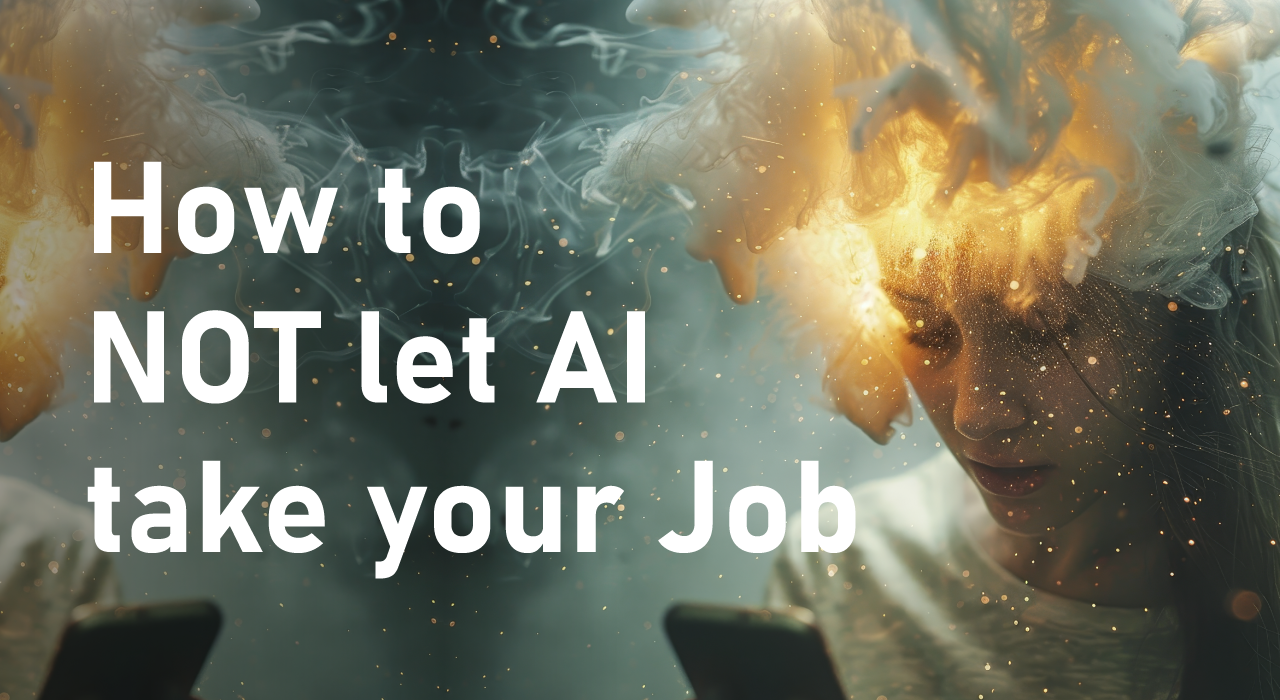
Why Critical Thinking is Your Greatest Asset in an Age of Automation
As artificial intelligence becomes embedded into every corner of our professional lives, a critical truth is emerging: those who thrive won’t be the ones who do more work—they’ll be the ones who do more thinking.
With tools like ChatGPT, Claude, Copilot, and Midjourney automating everything from writing and coding to designing and decision-making, the temptation is to let AI run the show. And yes, AI can do a lot—but only if you still show up as the thinker in the room.
Let the AI draft, sort, summarize, recommend. That’s not where you’ll lose your edge. You’ll lose it if you forget how to think for yourself.
We’ve entered a new phase of work—the AI-augmented era—where humans collaborate with intelligent systems to achieve more, faster.
We’re already seeing:
But here’s the catch: tools don’t think. They compute, they pattern-match, they mimic.
They do not understand your company’s goals, your ethical standards, your creative nuances, or your human instincts.
The advantage no longer lies in your ability to execute quickly. AI does that for everyone. The advantage lies in your ability to think clearly, question deeply, and act decisively.
Here’s what AI still can’t do well:
These are skills that define thinking humans—and they’re increasingly rare as we grow dependent on auto-generated answers.
Ask yourself:
If not, your thinking muscle may already be atrophying.
You don’t need to resist AI to stay human. In fact, the smartest professionals use AI constantly.
But they use it like a calculator: to accelerate, not replace their minds.
Here’s how to do it right:
AI is phenomenal at presenting "what is." But only you can determine "what matters."
In meetings, brainstorming, and strategy—this is where human thinking becomes priceless.

Grammarly is an AI-powered writing assistant that helps improve grammar, spelling, punctuation, and style in text.

Notion is an all-in-one workspace and AI-powered note-taking app that helps users create, manage, and collaborate on various types of content.
Let’s say you’re a product manager designing a new feature. You feed AI your market research, customer feedback, and business goals. It gives you 10 decent feature ideas.
Do you:
The best choice isn’t always the most efficient. It’s often the one rooted in thoughtfulness. AI can’t deliver that—it only suggests what looks optimal based on past data.
Real leadership is what happens after the AI gives you its best guess.
Forget learning to code. Forget mastering prompt engineering. The most enduring skill in the AI era is thinking critically and originally.
Because:
Companies aren’t just looking for doers anymore. They’re looking for interpreters, curators, editors, and decision-makers—people who can combine AI output with real-world understanding.
Thinking is what turns noise into signal. It’s what turns AI’s “what” into your “why.”
Want to future-proof your career? Make time to train your brain, not just your tools.
Here are 6 daily practices:
Make AI Do the Work. But You Do the Thinking.
We don’t need to fear AI. We need to fear not thinking.
AI can’t steal your job if your job is to think better, decide better, lead better. In fact, the more you let AI handle the tedious, the more time you free up to do what only humans can: bring judgment, creativity, nuance, and strategy.
The future belongs to the AI-augmented thinkers. Not the prompt junkies, not the automation addicts—but the people who pair machine efficiency with human insight.
So next time you reach for AI, ask yourself:
“Am I using this to think less—or to think more deeply?”
Your answer may determine whether AI becomes your co-pilot—or your replacement.

